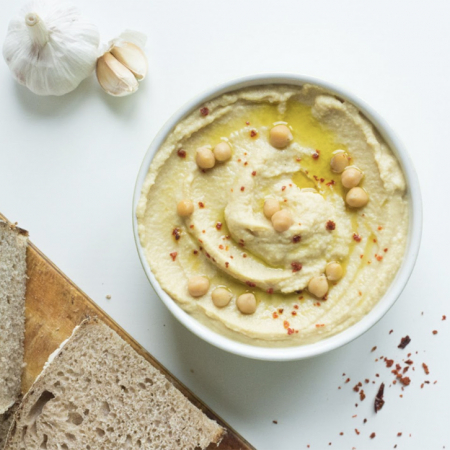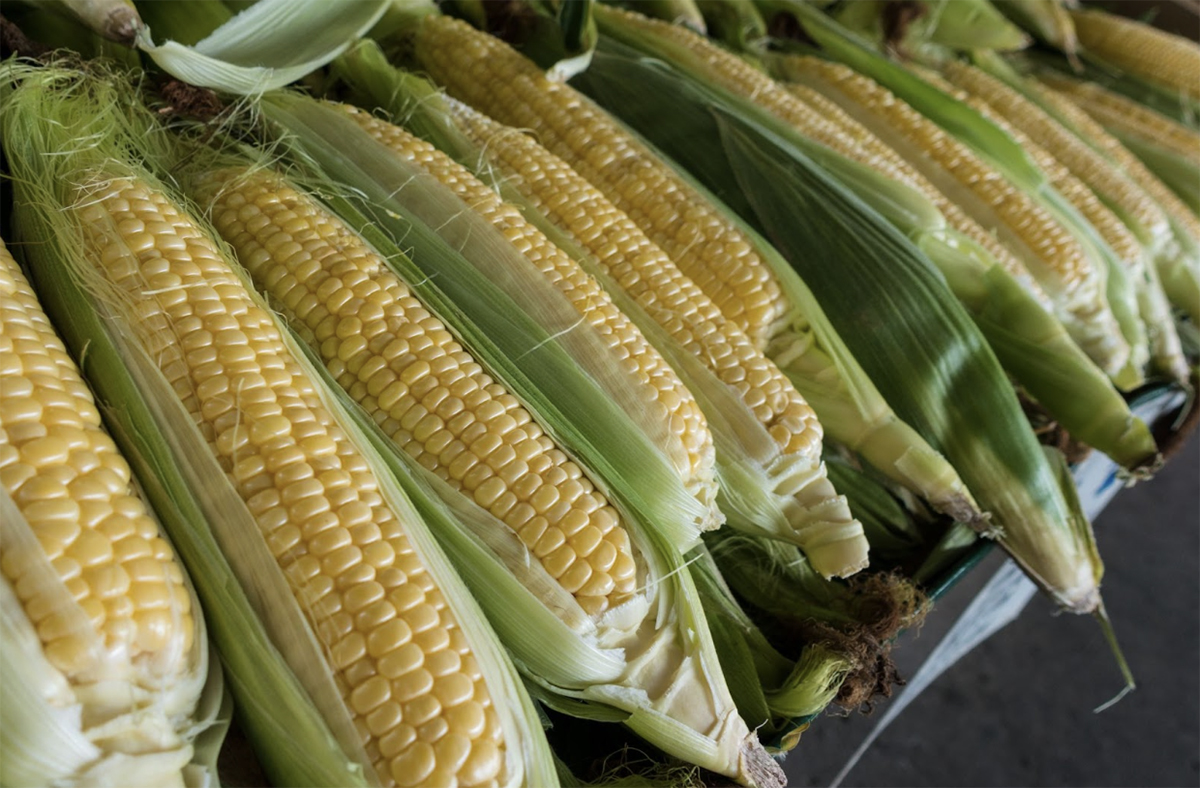February 8, 2023
Last year’s predictions for a reduction in global chickpea supplies in 2023 made headlines; as we move into the new year, what’s the outlook? Luke Wilkinson talks to experts across the globe to find out.


In the summer of 2022, global chickpea supplies were threatened by the war in Ukraine, leading to a flurry of articles announcing a shortage of hummus in Europe.
This year, the threat of lower supplies looms once more, as high commodity prices compete for chickpea acreage in the major growing regions, despite high chickpea prices. For example, Colin Young, manager of Midwest Grain Ltd. at Moose Jaw, Sask., recently said to AG Canada that 2023 now had ‘the lowest global stocks of chickpeas we've had in five years.’
But are current low stocks something to worry about, or will coming harvests be sufficient to service global demand?
The GPC has spoken with industry experts around the world about the possibility of a chickpea shortage this year to find out if concerns about low stocks and dropping acreage are premature.
In the main chickpea producing countries, there have been fluctuations in acreage that may have consequences for 2023 supplies.. In July, the Argentinian chickpea seedings were predicted to have dropped by 21%, reaching the lowest figure in 11 years. Although commodity prices have risen overall for Argentinians in real terms, chickpea prices are an exception, having fallen by 28% year-on-year in September.
Lucas Genero of Agrofin, a commodities trader in Argentina, agrees that the country’s production is likely to have dropped this year: “They were estimating production at around 60 or 70,000 tons of chickpeas this year, with 50 to 60,000 tons available for export. I don't think we'll see those numbers. My understanding is that there will be around 40 to 50,000 tons available for export, if we are lucky.”
Looking at Australia, AgPulse Analytica’s Gaurav Jain wrote in a recent GPC Australian market update, that chickpea acreage was down 28% year-on-year and that this year's crop would be around 699,000 tons.
In Mexico, an important producer of large caliber Kabuli chickpeas, seedings are also lower than previous years.
Cristobal López, CEO of Los Arbolitos y Granos Del Norte, suggests that acreage could fall “around 35 to 40,000 hectares”. On the question of whether this acreage would be enough to cover Mexico's needs, López was doubtful: “This acreage will be short of what is historically necessary to cover exports.”

High corn prices have caused lower chickpea acreage in Mexico
One of the most important reasons for the lower acreage in Mexico is that farmers are shifting towards planting more corn, due to its higher price, and the Mexican government's hopes to reduce corn imports by as much as 30 to 40% by 2024. The increased availability of water for agriculture will also have given corn crops an advantage over chickpeas in the eyes of farmers.
'That is the problem – corn is at a really good price,’ says López. 'Farmers are going towards corn instead of chickpeas or beans.’
In the US, there has been a change in acreage where large caliber chickpeas are concerned. Kyle Hinrichs, commercial operations manager of Ardent Mills, a flour milling and grain innovation company in Washington, suggests that a preference for smaller caliber chickpeas has come to the fore: 'There has been a shift in acreage from larger chickpea varieties to smaller sized, higher-yielding varieties to support the growing US hummus and gluten-free flour markets.’

One of the promising signs for global chickpea supply is that India, whose production makes up between 80 and 90% of the world’s total supply, has in fact increased its chickpea acres this year.
Navneet Chhabra of Global Garbanzo explains: “Some areas have increased by 25%, some areas by 50% this year. We are expecting that the crop size in India shouldn't be less than 450 to 500,000 tons of all varieties of white chickpeas.”
This increase in crop size could be the saving grace for world chickpea supplies as it may compensate for some of the downturn in acreage seen in countries like Mexico.
“If we look at last year,” Chhabra continues, “India produced around 275,000 tonnes - so, if this year it is 450,000 tons, that's nearly double. Mexico last year produced around 140 - 150,000 tons, but this year Mexico is saying their crop is smaller – no more than 100,000 tons. If India has increased by 200,000 tons and Mexico has decreased by 50,000 tonnes, we will have 150,000 tons plus for the market.”
Although the Mexican, Argentinian, and Indian crops of chickpeas will come sooner, other large producers of chickpeas will seed in spring/summer – Canada, Russia, Ukraine, Bulgaria and Turkey – all countries with significant chickpea crops that will begin harvesting in autumn. Chhabra believes that these countries will be key: “We need to see how the seeding intentions look from each of these countries. Farmers have been getting very good prices in the last two years with chickpeas, so in theory, this means crop sizes should increase.”
The disruption of Russia and Ukraine's chickpea crops in 2022 was one of the main causes of the hummus scarcity widely reported around Europe in the summer. This is because the two countries are large suppliers of chickpeas to Europe, with Russia exporting approximately 200 - 250,000 tons of chickpeas every year. 50,000 tons were missing from the usual chickpea exports to Europe last year.
Given the instability in Russia and Ukraine, it is not easy to estimate crop sizes but Chhabra believes that the high chickpea prices could potentially cause Russia to produce more than 300,000 tons. Ukraine is reportedly set to increase its acreage of chickpeas and other specialty crops, moving away from corn.
Agriculture Canada reports that chickpea acreage has risen roughly 10%, up to 259,500 acres.
Global stocks of chickpeas may remain low until the Indian crop arrives but the summer between the India crop arriving and harvests in Russia, Canada, Ukraine, et al, usually sees a low point for chickpea demand, says Chhabra: “From April to August/September is a very slow consumption period globally. You also have summer — schools are closed. In this period we don't have much supply, but we don't have too much demand, either.”
With regard to acreage and supply overall, Chhabra believes there is reason to be optimistic but that prices will not stay high: “I think that supply will more or less increase globally, and whatever prices we saw in 2022, I don't think they will continue for 2023.”
Another factor that may lead to decreased demand for chickpeas is the continuing foreign exchange issues seen in countries such as Pakistan, Egypt, Morocco, and Algeria, all of whom import chickpeas.
Pakistan is thought to represent around 20 to 25% of total import volume of chickpeas worldwide, so a slow in ability to purchase from abroad may free up a portion of the approximately 200,000 chickpeas usually imported into the country – potentially increasing global stocks and bringing down prices.
It is too early to confirm that there will be no shortage of chickpeas but it seems that there should be enough to cover global demand, particularly if the upcoming crop in India is strong.

hummus / chickpea shortage / Argentina / Australia / Mexico / Russia / Ukraine / Canada / war in Ukraine / Colin Young / Midwest Grain Ltd. / Lucas Gener / Agrofin / AgPulse Analytica’s Gaurav Jain / Cristobal López / Los Arbolitos / Kyle Hinrichs / Ardent Mills / Navneet Chhabra / Global Garbanzo / Pakistan
Disclaimer: The opinions or views expressed in this publication are those of the authors or quoted persons. They do not purport to reflect the opinions or views of the Global Pulse Confederation or its members.